Women & girls’ health & other vulnerabilities during the Covid-19
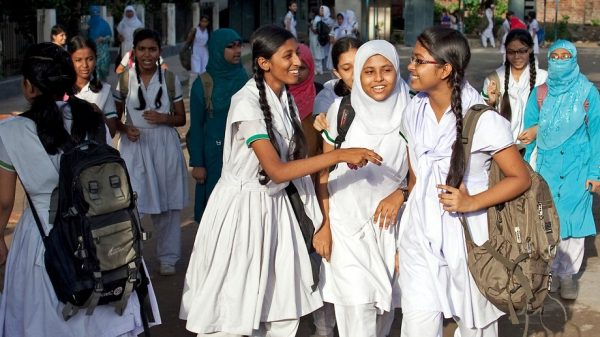
Tabassum Maisha Mona:
Across every sphere, from health to the economy, security to social protection, the impacts of COVID-19 are exacerbated for women and girls simply by their sex. Women and girls have unique health needs, but Health pandemics make it more difficult for women and girls to receive treatment. They are less likely to have access to quality health services, essential medicines, and vaccines, maternal and reproductive health care, or insurance coverage for routine and catastrophic health costs, especially in rural and marginalized communities during the pandemic period. This is compounded by multiple or intersecting inequalities, such as ethnicity, socioeconomic status, disability, age, race, geographic location, and sexual orientation, among others which influences access and decision-making to critical health services and information about COVID-19. Restrictive social norms and gender stereotypes can also limit women’s ability to access health services. Moreover, women also face economic instability, especially the informal women workers who were in huge economic crises. And violence in the home has increased during the covid period. Adolescent girls’ academics were hampered & many of them lost the chance to return to their classrooms again. All of this has particular impacts during a widespread critical scenario for women & girls.
Impact on reproductive & maternal health:
The Covid-19 pandemic impacts reproductive and maternal health both directly through infection itself but also indirectly as a consequence of changes in health care, social policy, or social and economic circumstances. Pregnant women who have symptomatic COVID-19 may experience more severe outcomes than people who are not pregnant. Intrauterine and breastmilk transmission, and the passage of the virus from mother to baby during delivery are unlikely. Severe increases in maternal mental health issues, such as clinically relevant anxiety and depression, were reported. The hospitals didn’t have enough beds and adequate oxygen services and the total scenario was a total mess. There was a huge information gap regarding vaccination. Whether pregnant women take vaccines or not, what would be the side effects of vaccines? Information gaps and lackings of proper health services felt pregnant women vulnerable as well as helpless.
Impact on adolescent girls:
The covid situation also impacted the adolescent girls’ health and education. Many adolescent girls faced complications with menstruation and other physical problems. As the schools were shut down during the pandemic most of the adolescent girls had to spend their time doing daily chores rather than their studies. Recent data shows that adolescent girls spend significantly more hours on chores compared to their male counterparts. School closures do not just mean that girls are taking on more chores at home, it could also lead to millions more girls dropping out of school before they complete their education, especially girls living in poverty, girls with disabilities, or living in rural, isolated locations. Even before this pandemic, millions of girls were contending with poor quality education and millions were not on course to meet minimum proficiency in basic reading and math, nor the secondary level skills, knowledge, and opportunities they need for a productive and fulfilling life. Evidence from past epidemics shows that adolescent girls are at particular risk of dropping out and not returning to school even after the crisis is over. Because many of them already got married and pregnant due to family pressure during the Covid.
Gender-based Violence:
Violence against women and girls is increasing globally as the COVID-19 pandemic combines with economic and social stresses and measures to restrict contact and movement. Crowded homes, substance abuse, limited access to services, and reduced peer support are exacerbating these conditions. Before the pandemic, it was estimated that one in three women will experience violence during their lifetimes. Many of these women are now trapped in their homes with their abusers. As everyone had to stay home for a long time, married women were most often tortured by their husbands. Adolescent girls & even children are abused by their family members or close relatives.
Impact on the economic condition of women:
During the pandemic, women faced an immense economic crisis. Across the globe, women hold less secure jobs and are more likely to be employed in the informal sector. They have less access to social pro- sections. The working women faced vulnerabilities while working at home. As women take on greater care demands at home, their jobs will also be disproportionately affected by cuts and lay-offs. They had to give more time for family chores and they couldn’t do office stuff on time. Many informal women workers lost their jobs and were paid less than their male counterparts throughout the pandemic. With this, they also lost their economic freedom too. Such impacts risk rolling back the already fragile gains made in female labor force participation, limiting women’s ability to support themselves and their families, especially for female-headed households.
Impact on Mental Health:
Covid-19 was an unpredictable event and it disturbed the way of our living. This impacted the women’s and girls’ mental health very badly. Over 11,000 women faced domestic violence during the shutdown. Girls and children also face domestic violence too. Furthermore adolescent girls , who are under 18 got married because of family pressure and left their education. Many female workers lost their jobs during this time. All these things impacted on the mental health of both women & girls. They are less confident and stable now which will result in their future life too.
Steps can be taken for improve the current situation:
A pandemic amplifies and heightens all existing inequalities. These inequalities in turn shape who is affected, the severity of that impact, and our efforts at recovery. Both women and girls suffered a lot during the whole covid period and it’s continuing in the post Covid-19 period too. Few steps can be taken to improvise their situation in the post Covid era like ensuring women’s equal representation in all Covid-19 response planning and decision making. Policy makers should be more conscious about women’s need . Beyond individual women, women’s organizations who are often on the front line of response in communities should also be represented and supported. Driving transformative change for equality can be also helpful. When women will be equally served like men in every sector then they will be mentally and physically strong to overcome any situation. The informal women workers should get priorities and be treated in a good way. They should get enough opportunities and their salary just like the man . Covid-19 also displays to us the actual situation and shortcomings of our health sector especially the authorities frigidity regarding women health services. This situation should be evaluated with great concern. Fiscal stimulus packages and emergency measures to address public health services have to be put in place to mitigate the impacts of COVID-19. Moreover All national responses must place women and girls – their inclusion, representation, rights, social and economic outcomes, equality, mental health services and protection – at their center for bettering the situation. This is not just about rectifying long-standing inequalities but also about building a more just and resilient world for future crises.
The writer is a student of University of Dhaka


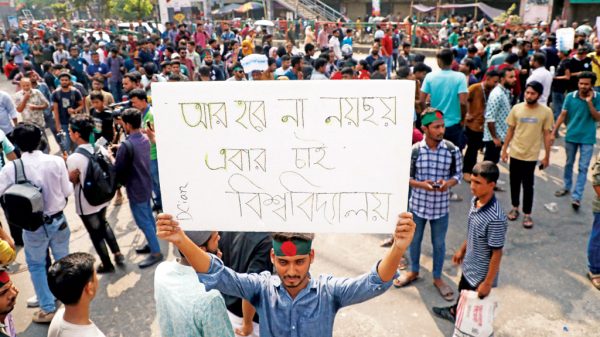





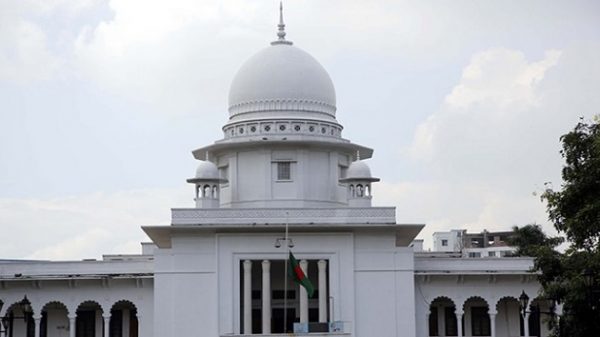




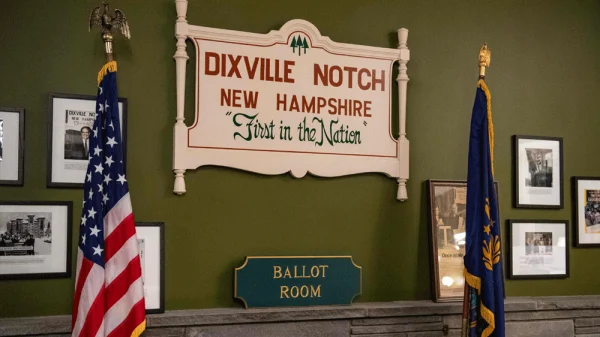
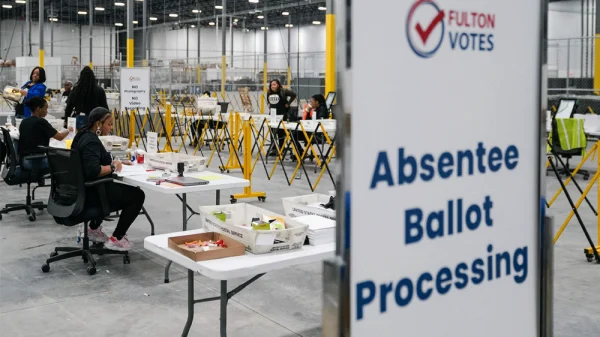
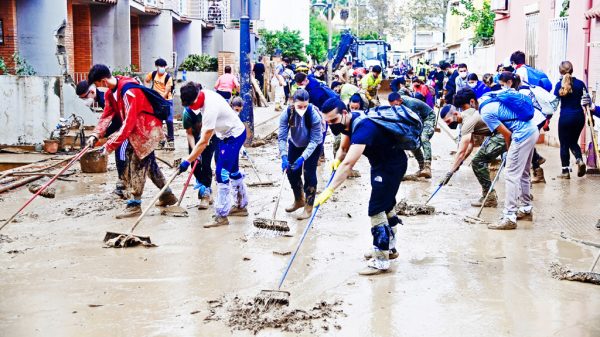

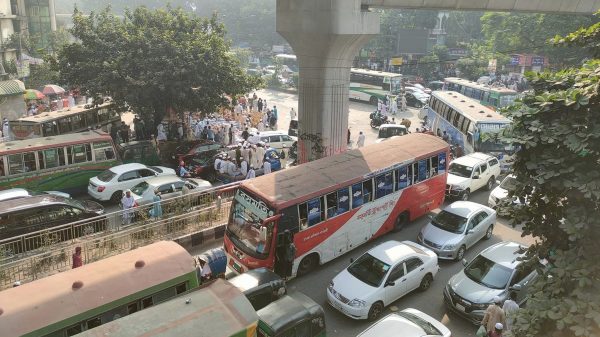





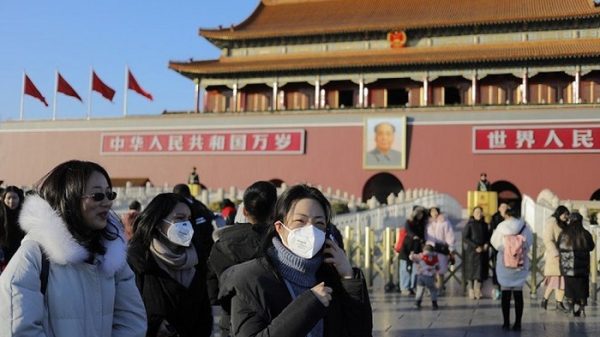
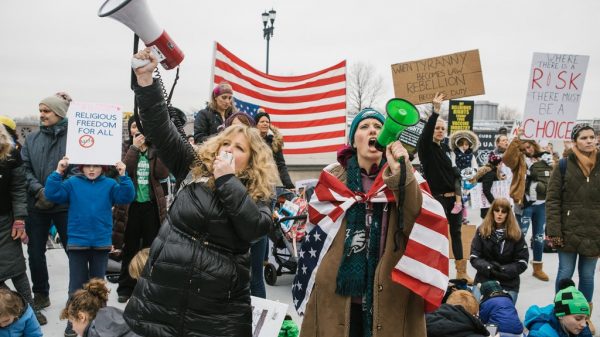
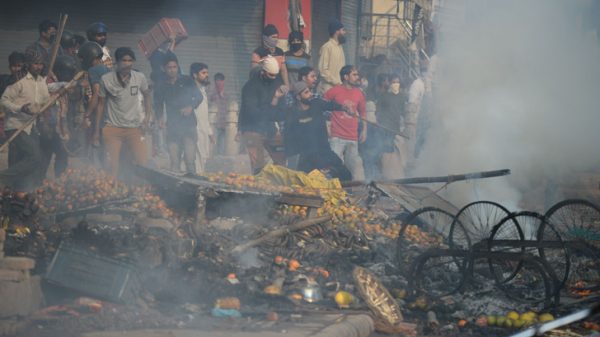



Leave a Reply